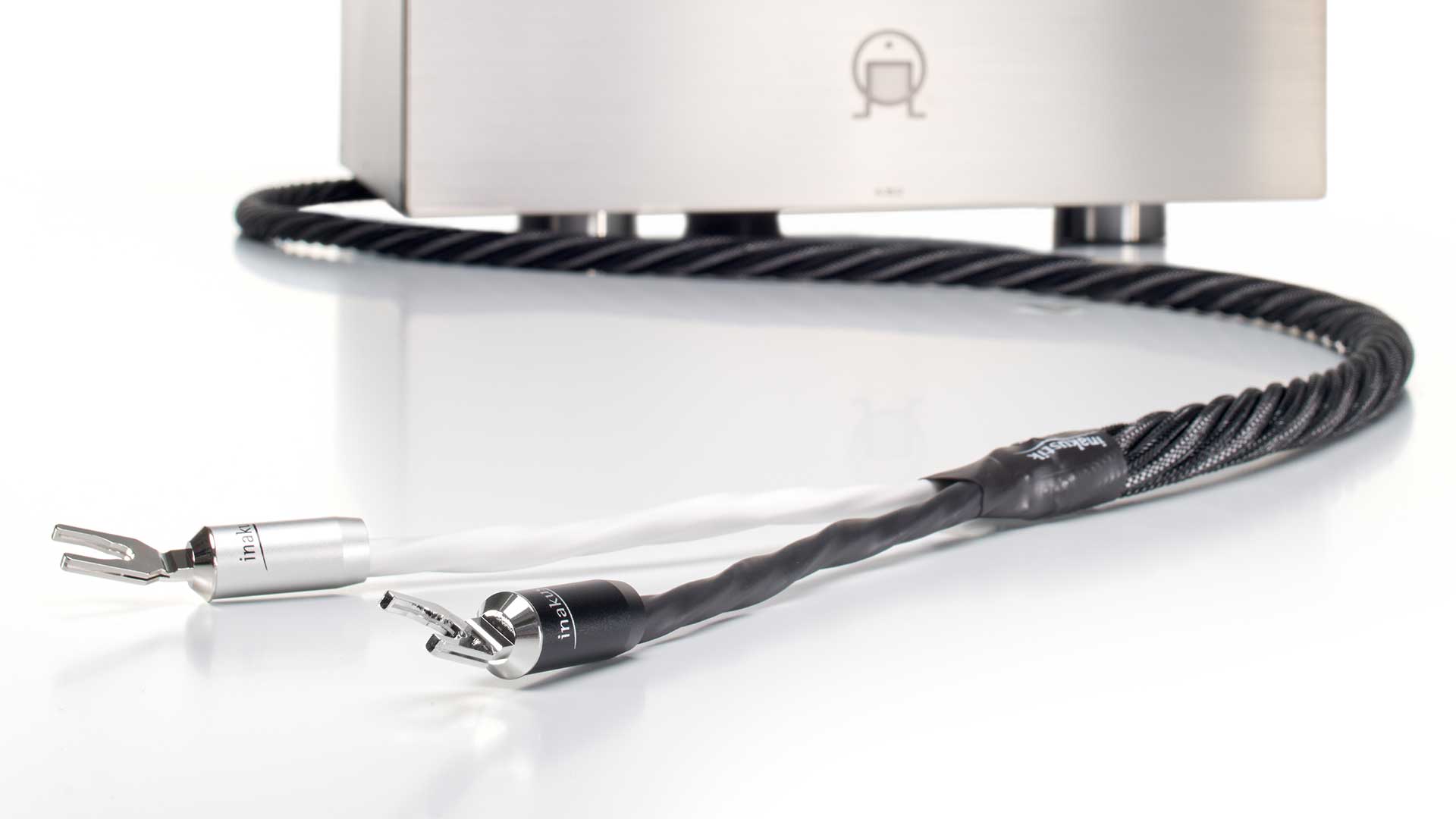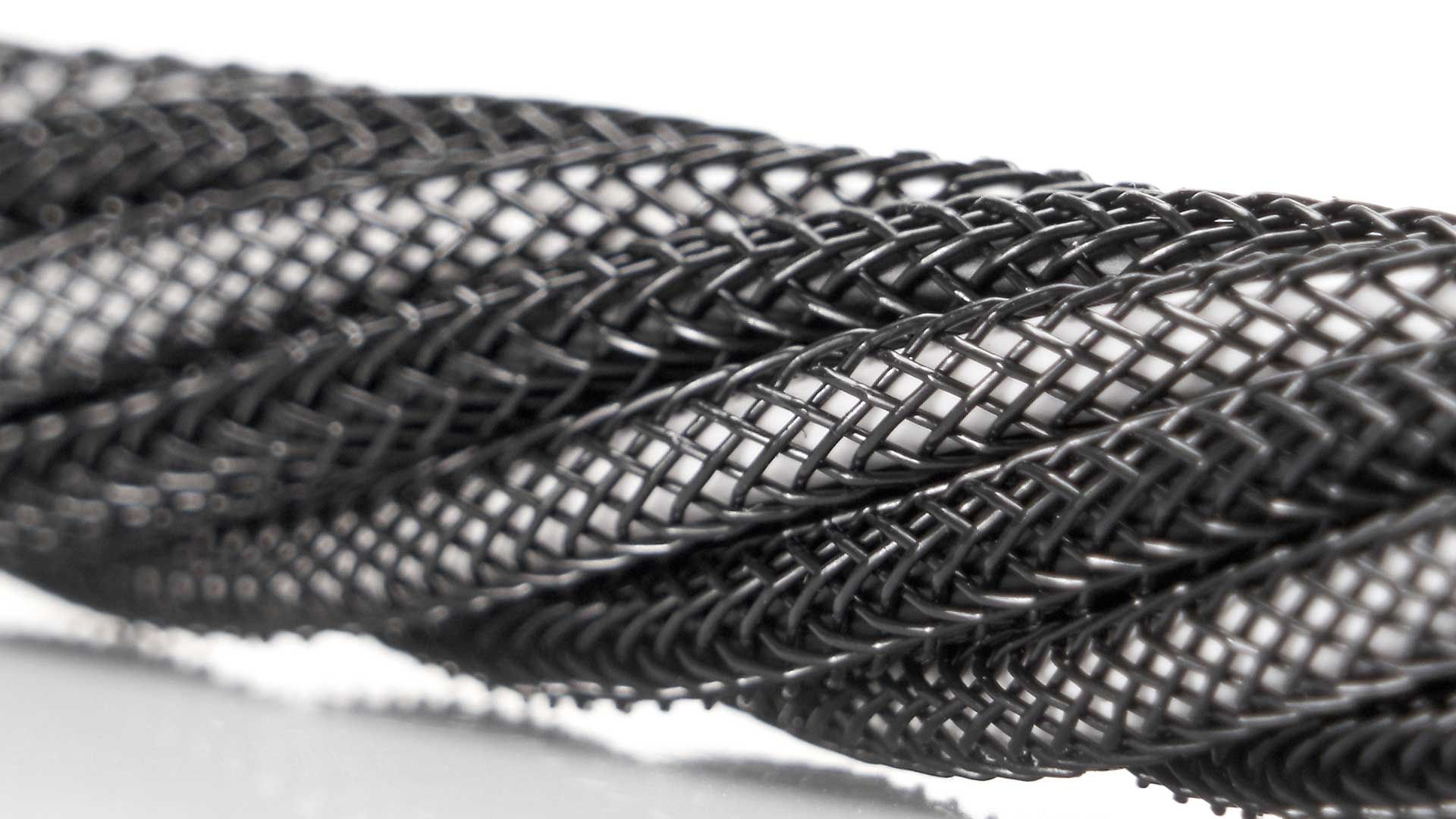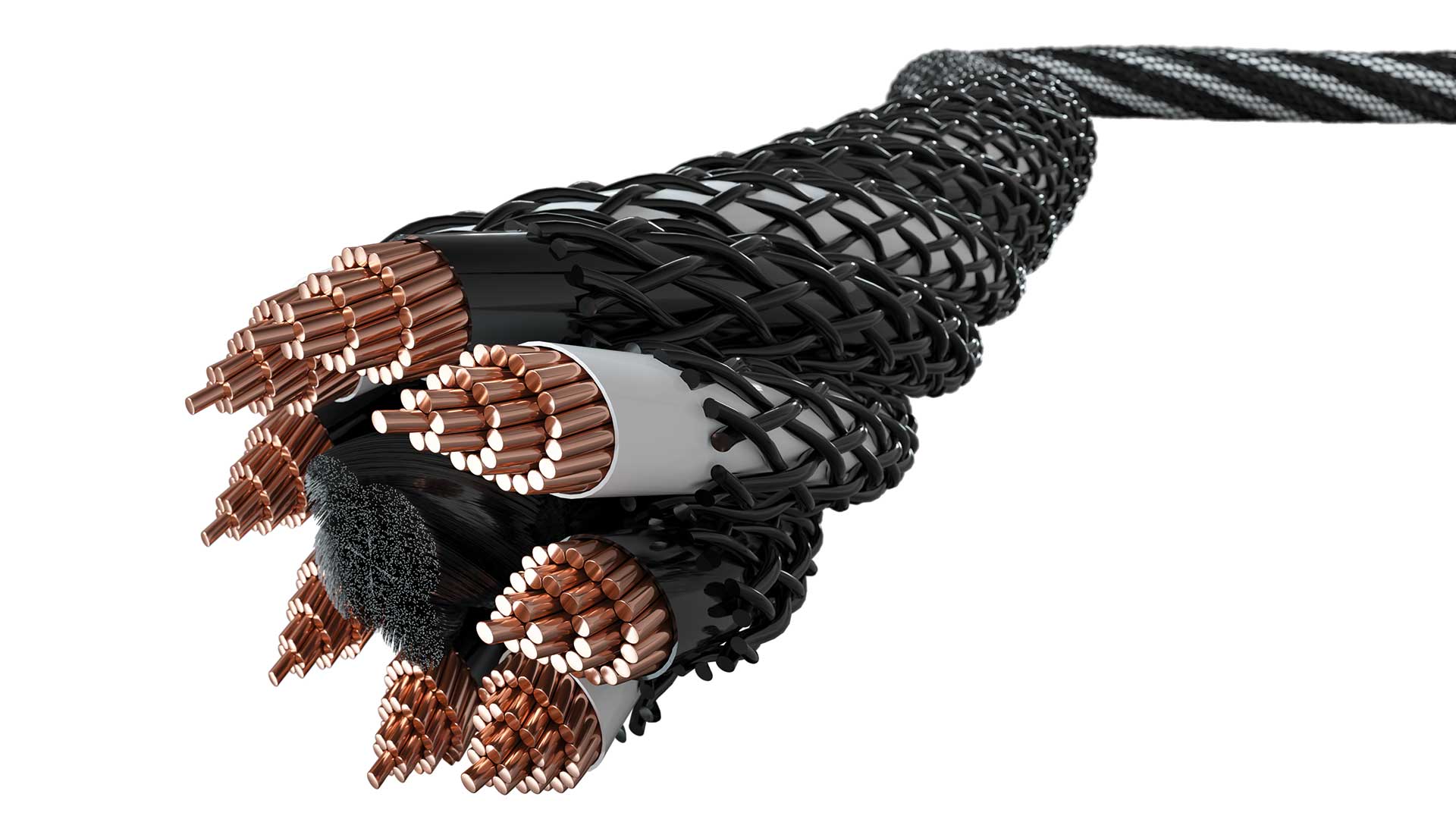Inakustik’s new speaker cable has slashed the price of air
Eight-core copper conductors with air insulation for a fraction of the cost

It’s hard to assess the often outlandish claims for high-end speaker cables; it can seem a fairy-tale land where sales patter and snake oil combine to lubricate pricing until it climbs to seemingly outrageous levels for cables that may appear, at least externally, like any number of other cables.
On the other hand you have cable companies that have designs which are entirely unlike any other cables and are clearly highly engineered for their purpose. One such is Inakustik, a German company which has been making cables since 1977, and whose use of ‘air technology’ insulation in its cables delivers a unique take on cable dielectrics.
The approach – and the resulting cable performance – has convinced Tim Wallis of Inakustik’s Australian distributor Audio Marketing.
“A cable should not offer anything additional to your system, nor change anything. It should simply reveal the quality of your equipment, and that neutrality is what makes Inakustik’s Air and Micro Air cables perfect for all reference systems.”

Inakustik’s latest creation is the Reference LS-404 Micro Air speaker cable. The complex manual assembly of each cable is conducted in Inakustik’s German factory, including both mechanical and performance testing quality control conducted on each final cable.
The new designs retain the air-insulation concept from the successful higher Reference Air series, where a three-metre pair of speaker cables can set you back more than AU$10,000. But the new Micro Air configuration allows a more affordable solution.
The LS-404 Micro Air speaker cables will be available as three-metre pairs terminated with banana plugs for AU$1600, or terminated with spades for AU$1700. Bi-wire configuration and custom lengths will be available as special order.
The latest hi-fi, home cinema and tech news, reviews, buying advice and deals, direct to your inbox.
Despite the more favourable pricing, the new designs maintain Inakustik’s use of air as a central component in the insulation dielectric, which the company claims to reduce cable capacitance.
Normal dielectrics can increase capacitance many times over, claims Inakustik, with the material that insulates a cable absorbing electrical energy and releasing it later, causing smearing to the music signal. Air does not do this, says the company, and is therefore the ideal insulator.
The Micro Air cables use a diamond-shaped structure to create chambers that increase the distance between conductors, and so also increase the air content in the insulation.
A total of eight concentric high-purity copper conductors are used in the Reference LS-404 Micro Air in addition to the air dielectric (compared with 24 cores in the Reference Air speaker cable). The multicore architecture allows the magnetic fields of the positive and negative conductors to overlap and neutralise, reducing the cable’s inductance, claims Inakustik.
The surfaces of the banana plugs and spades are finished with a durable rhodium coating, with the contact surfaces and the screw connection of the spades also manufactured from a single piece, thereby avoiding contact resistance.
“The proof is in the pudding with cables,” concludes Tim Wallis. “I strongly suggest an audition.”
Australian Hi-Fi is one of What Hi-Fi?’s sister titles from Down Under and Australia’s longest-running and most successful hi-fi magazines, having been in continuous publication since 1969. Now edited by What Hi-Fi?'s Becky Roberts, every issue is packed with authoritative reviews of hi-fi equipment ranging from portables to state-of-the-art audiophile systems (and everything in between), information on new product launches, and ‘how-to’ articles to help you get the best quality sound for your home.
Click here for more information about Australian Hi-Fi, including links to buy individual digital editions and details on how best to subscribe.


